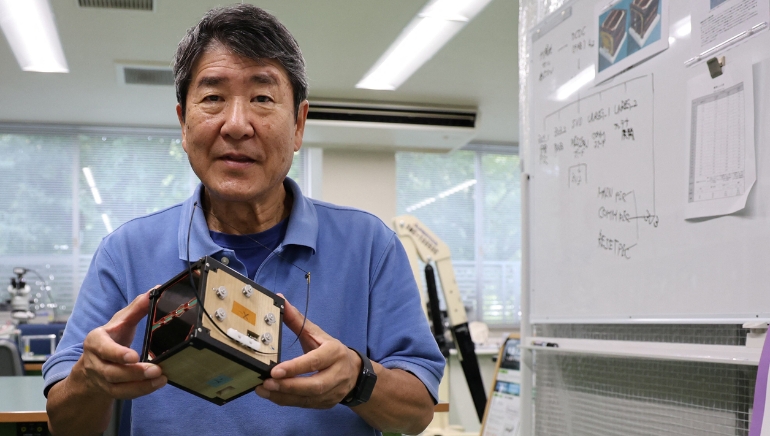The groundbreaking wooden satellite, LignoSat, has officially entered Earth’s orbit, marking an important milestone in space exploration. NASA acknowledged the deployment from the International Space Station (ISS) last month in a blog post published Tuesday. In November 2024, the revolutionary satellite was carried to the International Space Station onboard a SpaceX Dragon cargo spaceship.
Kyoto University and Sumitomo Forestry collaborated to create this pioneering initiative, which combines traditional Japanese craftsmanship with cutting-edge technology. LignoSat consists of 10 cm-long panels made of honoki magnolia wood that is built using a traditional wood-joinery technique that does not use screws or glue. Weighing only 900 grams, the satellite strikes an impressive balance of simplicity and sophistication.
The six-month mission will investigate wood’s potential in space as a sustainable alternative to standard materials such as aluminium and titanium. Sensors on LignoSat monitor its structural strain, temperature resilience, and radiation resistance. Withstanding harsh temperatures ranging from -100 to 100 degrees Celsius every 45 minutes is one of the satellite’s most important durability tests.
Wooden satellites could revolutionize space sustainability by totally burning up upon re-entry, leaving no trace. This novel design provides a cleaner alternative to regular satellites, paving the possibility for environmentally friendly lunar and Mars exploration missions.















